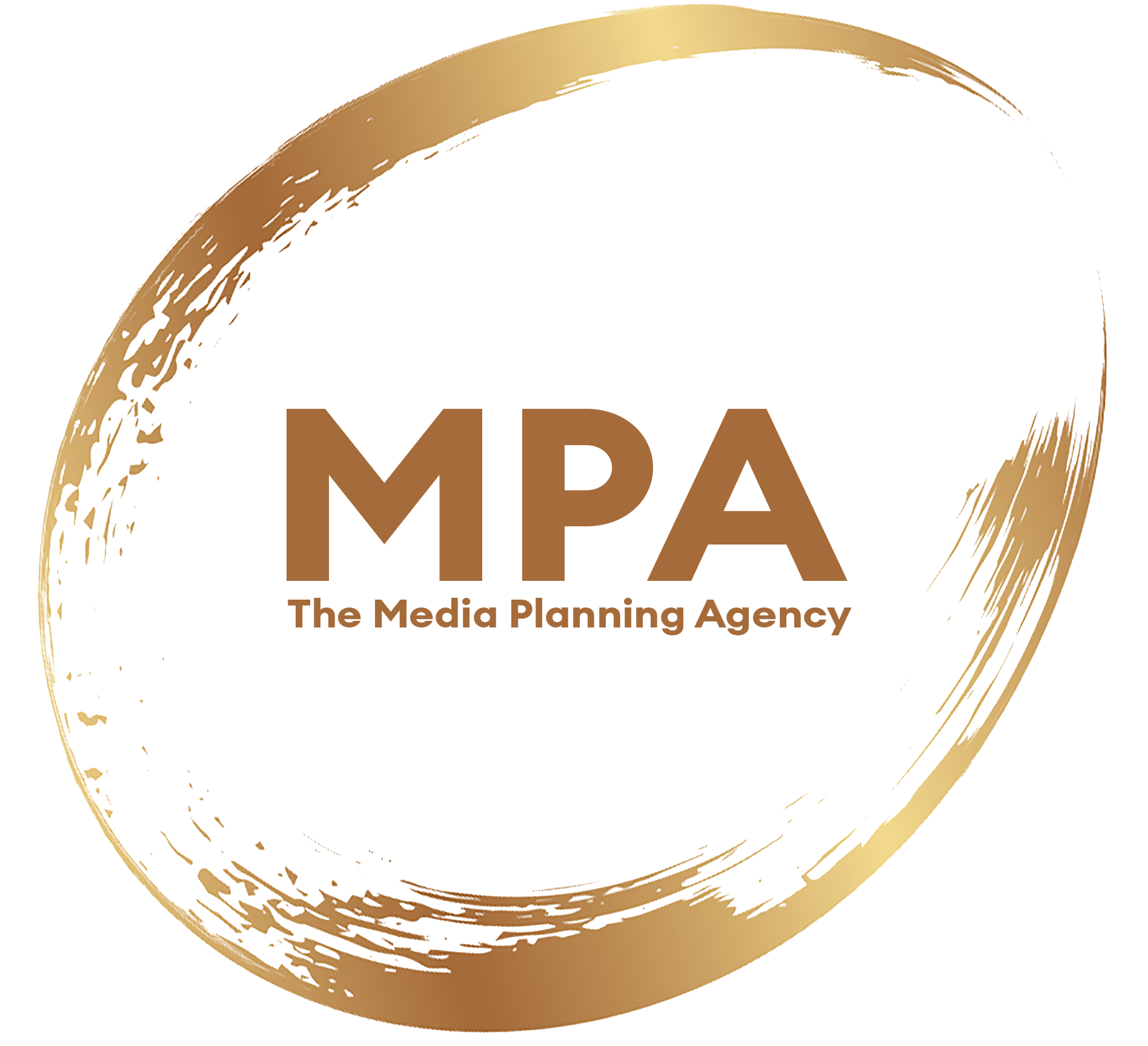In the realm of radio advertising, the significance of a meticulously crafted Radio Ad Strategy and Media Planning cannot be overstated. Lacking a coherent buying strategy places your advertising campaign at a disadvantage, subjecting it to the whims of radio station sales representatives who may not always prioritise your best interests.
Here's our Pre-Campaign Checklist for Developing an Effective Buying Strategy.
A strategic approach to Media Planning involves several key steps to ensure your radio ads reach their intended audience effectively. Here's how to lay the groundwork for a successful Radio Ad Strategy.
- Analyse Radio Survey Data: Dive into radio listenership data to identify the stations and, crucially, the specific time slots (sessions) that your target audience tunes into. These sessions include:
- Breakfast: 5:30 AM to 9:00 AM
- Morning: 9:00 AM to 12:00 PM
- Afternoon: 12:00 PM to 4:00 PM
- Drive: 4:00 PM to 7:00 PM
- Evening: 7:00 PM to 10:00 PM
- Late Evening: 10:00 PM to 12:00 AM
- Midnight to Dawn: 12:00 AM to 5:30 AM
Also, familiarise yourself with combined zones like BMAD (5:30 AM to 7:00 PM) and BMADE (5:30 AM to 10:00 PM) for broader advertising windows.
- Set Clear Campaign Objectives and Budget: Determine your campaign's primary goals and allocate your budget accordingly. Consider the length of pre-recorded commercials (45, 30, and 15 seconds) and the rate loads, which could influence your strategy.
- Explore Additional Advertising Opportunities:
- Program Sponsorships: These short mentions (5 or 10 seconds) can significantly boost brand recognition. Example: "This news report is brought to you by [Your Company], radio advertising experts."
- What's On Segments: Leverage these cost-efficient, 12 to 15-second slots to extend your campaign's reach, typically available from 5:30 PM to 10:00 PM.
- Custom-Build Your Schedule: Selectively choose stations and programs that align with your target audience, incorporating pre-recorded ads, sponsorships, and other segments for maximum impact.
- Negotiate Value Adds: To enhance your campaign's effectiveness without additional costs, aim for perks like no-charge guaranteed bonus airtime and prime positioning (e.g., your ad being the first in a commercial break).
Conclusion
Incorporating a robust Radio Ad Strategy and Media Planning is pivotal in maximising the impact and reach of your radio advertising campaign. By understanding your audience, aligning with the right sessions, and effectively managing your budget and ad placements, you can confidently navigate the complexities of radio advertising, ensuring your message resonates with listeners and drives results.
Ready to Experience the Difference Value Makes?
Unlock a world of valuable media options that align perfectly with your brand's vision and objectives.

About the author
Alastair Noble
Alastair has a long and diverse background in media, with 25 years Australian, US & UK experience spanning Advertising Media & Management, Journalism, Public Relations and end to-end business leadership.